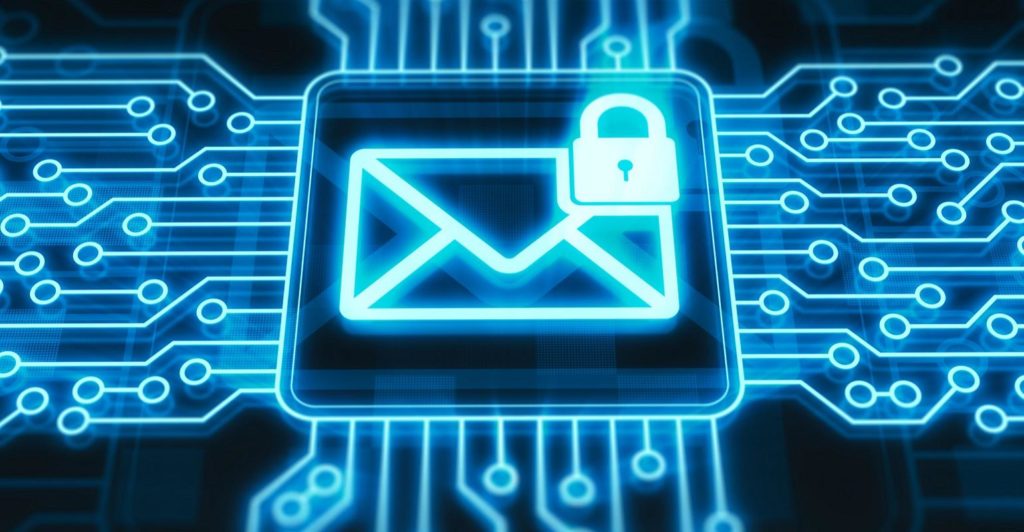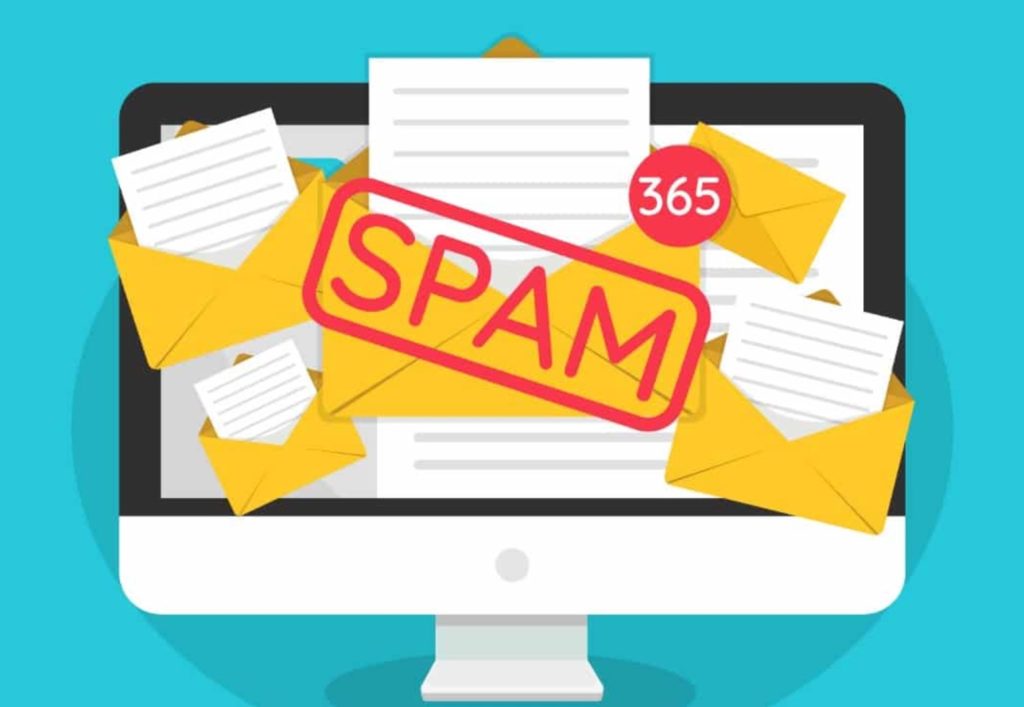Approximately 67% of emails sent worldwide are spam. Hard to believe, but true, according to an Internet Live Stats study. Other studies, such as that of Kaspersky Lab, move at similar levels: 58%, according to the well-known antivirus company. The figures have increased in recent years by about 3 percentage. Most of it comes from computers and servers infected with malicious programs that quickly end up on the blacklists of large providers as spammers. SMTP, mail relaying service, authentication provides the minimum security necessary to prevent this from happening.
What is spam?
Whether it is to talk about that boring friend who does not stop calling on Skype or who does not stop sending us WhatsApp chains so that we have good luck in life. Although, curiously, the origin of the word is in a brand of canned meat that American soldiers received from their families during World War II.
The definition: It refers to unsolicited messages, mainly of an advertising type, and sent in bulk. The most widely used form of delivery is email, but it can also be presented by instant messaging programs or social networks.
But, when we talk about it, we are also referring to another type of it: malicious or fraudulent emails. These ones usually contain scams or scams that have the sole purpose of obtaining sensitive information from the recipient, such as the access data of a bank account.

What are filters and how do they work?
An email ends up in the Spam folder when it fails to overcome the antispam filters created by ISPs (Internet Service Providers) to assess the quality of incoming ones.
These filters are algorithms made up of a long (and secret) list of factors that allow you to classify the quality of each one and determine whether or not it can reach the inbox.
To further complicate the situation, each ISP has its own criteria and levels of restriction, so the same one can pass the filter and reach the inbox without problems in one case, and be considered illegitimate in another.
In addition, the fact that an email reaches the Junk Mail tray does not necessarily mean that it is spam, but that providers have marked it as such.
These messages that are never received, but are completely legitimate, are known as graymail. They are ones that the messaging provider has identified as spam for a number of reasons, such as poor recipient interaction, high bounce rates, bad IP reputation, or content full of terms that trigger alarms. In many cases, the reasons why a message never reaches the inbox are difficult to determine.
What is the SMTP service?
The Simple Mail Transfer Protocol, commonly used by the SMTP abbreviation, is a protocol used to filter email using reliable transfer services such as TCP. Like most protocols of this type, which consists of layers, there is a client and a server-side.
When a server sends a message to other servers, it assumes the role of an SMTP client, and when it receives messages it acts as an SMTP server. SMTP as a service works through authentication mechanisms, only trusted users can send a message using the server. Also, log data is stored and so is known who is sending. There are many SMTP services duocircle.com is considered among the 7 best SMTP providers.

What is SMTP authentication?
Is your mail server configured with SMTP authentication? If not, you should do it. This way, professional spammers won’t be able to reach your inbox as easily. In addition to avoiding spam, you will reduce the amount of traffic on your server.
How does it work?
The biggest difference is that instead of the usual 25, a 587 / TCP port is used. These protocols are based on various mechanisms, which through layers confirm the reliability of the client.
PLAIN: The first level of validation in which the username and password are verified. They are not encrypted.
LOGIN: It works similar to the previous step, but the encode is something different. The username and password are transferred in two steps. These are the Base64 codes.
CRAM-MD5: Introduces an alternative. It has a higher level of security, based on the problem-response principle
More ways to prevent it
Unsubscribe
The first thing you can do with those newsletters that no longer interest you is to unsubscribe. In this case, we are not talking about spam as such since at some point we voluntarily registered, but if after a while those emails bother us, the best thing is to cancel the subscription. If you don’t want to do it one by one, there are several online tools that show you all the subscriptions associated with your email and allow you to delete all of the ones you want.

Mark as spam
It hurts us a lot to say that, but sometimes you have to go to extreme measures to have a proper inbox. If you do not find the unsubscribe link or the sender in question does not stop sending you communications, you have no choice but to mark it: from now on it will be the filters that take care of them. However, don’t forget to check your spam tray from time to time to make sure that no important ones got there mistakenly.
Be careful when registering
When you want to register to a page, always take a look at the fine print of the forms; Often web pages include additional boxes in which it is accepted to receive commercial information from them or from third parties. Although the arrival of the RGPD has regulated this aspect a lot, there are still pages that try to “cheat” by pre-checking those boxes or formulating the phrase in an unclear way.
Create an alternative email address
If you don’t have it yet, we don’t know what you’re waiting for! Most users today have an alternative address to sign up for all kinds of services and thus avoid filling their inbox with daily notifications.
Do not interact with it
Don’t hesitate: if it looks like spam, then it is. In this case, it is better not to even open that email and send it directly to the spam folder to avoid being the victim of any phishing technique that could harm us.

Conclusion:
Although today this problem is significantly reduced compared to say 20 years ago, you will never be able to completely block all spam, but this will solve most problems.





